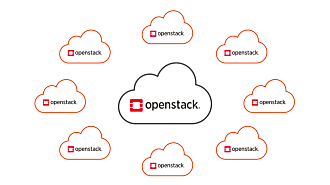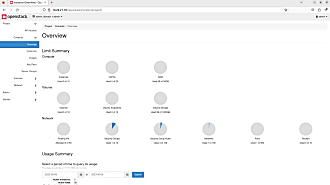Tytus Kurek
on 2 February 2022
Open source cloud platform: meet OpenStack
Are you looking for an open source cloud platform and you don’t know where to start? Are you getting lost in all the independent rankings and cloud platform comparison pages?
Try OpenStack and get your open source cloud platform up and running today. OpenStack works at any scale: from a single workstation to thousands of nodes and installs in minutes.
Sounds impossible? Give it a try or continue reading to explore where is it coming from.
OpenStack — your open source cloud platform
There are many reasons to use OpenStack among other open source cloud platforms. Founded in 2010, it is undoubtedly one of the most mature and stable ones. OpenStack has been successfully adopted by various companies in the telecommunications, finance, and research sectors, and its adoption continues to grow every year. Backed by industry leaders such as Canonical, OpenStack is a secure and resilient cloud platform that powers millions of production workloads all over the world.
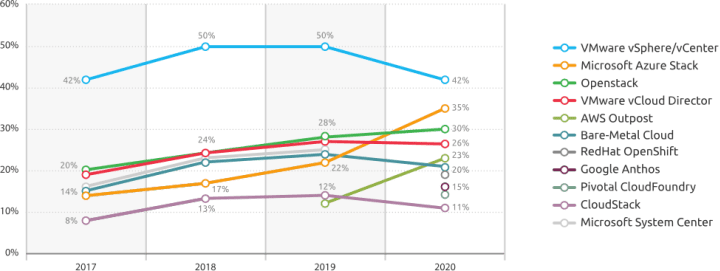
OpenStack is also one of the most featureful and versatile cloud platforms. Although it was originally designed as an infrastructure-as-a-service (IaaS) solution, OpenStack handles bare metal, containerised, and serverless workloads too. It supports various hypervisors, storage backends, and the industry’s leading software-defined networking (SDN) controllers. OpenStack provides the flexibility of choice, facilitating integration, and driving innovation.
One of the key ingredients of a successful open source project is a focused and passionate community. With thousands of developers and hundreds of organisations involved, OpenStack is backed by one of the world’s biggest open source communities. Run under the governance of the OpenInfra Foundation, the project ensures vendor neutrality and full transparency. Finally, OpenStack comes with a predictable release cadence, providing early access to cutting-edge technologies.
Get started with OpenStack in minutes
So, is it really possible to get started with OpenStack in just a few minutes? Let’s find out.
Although OpenStack is a beast, there are many ways to tame it. First of all, there are many upstream projects, such as OpenStack Charms or OpenStack Ansible, that provide tools for OpenStack installation and operations. Moreover, many vendors provide their proprietary solutions. Obviously, you can also install OpenStack manually or even compile it from the source. But is it really worth the effort? Probably not.
In the following steps, we’re going to use MicroStack – OpenStack in a snap. MicroStack is a pure upstream OpenStack platform, designed for the edge and small-scale private cloud deployments, that can be installed and maintained with minimal effort.
So, let’s try to install MicroStack and see how it works. All we’re going to need is a machine with the latest Ubuntu LTS installed, multi-core CPU, 8 GB of RAM, and 100 GB of storage.
First, execute the following command to install the microstack snap:
$ sudo snap install microstack --betaThen, execute the following command to initialise MicroStack in the single-node mode:
$ sudo microstack init --auto --controlThis command takes a while. Once it finishes, your open source cloud platform is up and running. You can now go to the OpenStack dashboard at https://10.20.20.1:
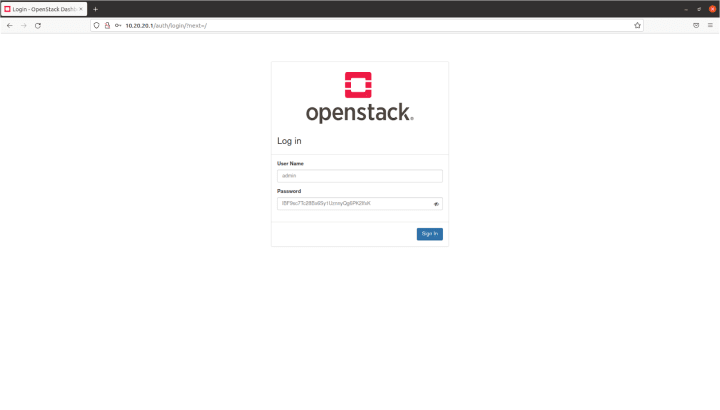
In order to obtain the password for the admin user, execute the following command:
$ sudo snap get microstack config.credentials.keystone-passwordYou can now use this password to sign in to the dashboard:
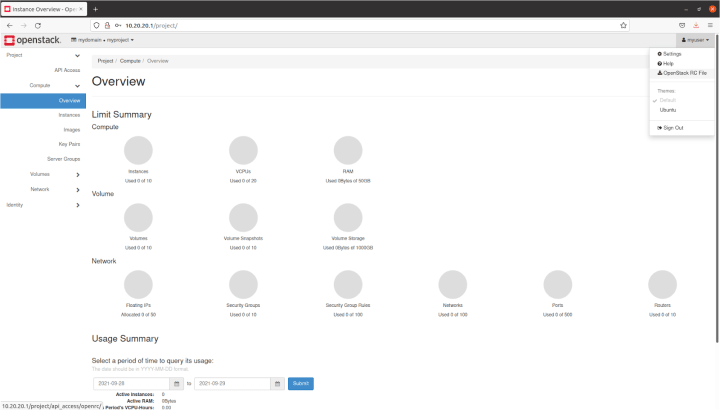
So that’s it? For the installation – yes. But I hope this is just the beginning of your adventure with the world’s most popular open source cloud platform.
Learn more about the OpenStack cloud platform
Now, that you’ve got your open source cloud platform up and running, you might be wondering how to effectively use it.
Our series of tutorials for beginners will help you find answers to your questions and get up to speed with OpenStack quickly.
Canonical also provides Charmed OpenStack – an enterprise cloud platform with flexible technology choices and rich lifecycle management capabilities.
Visit our website to learn more about Charmed OpenStack, our consulting/support plans available to enterprise customers or get in touch with Canonical.
You can also refer to the following materials for more information:

